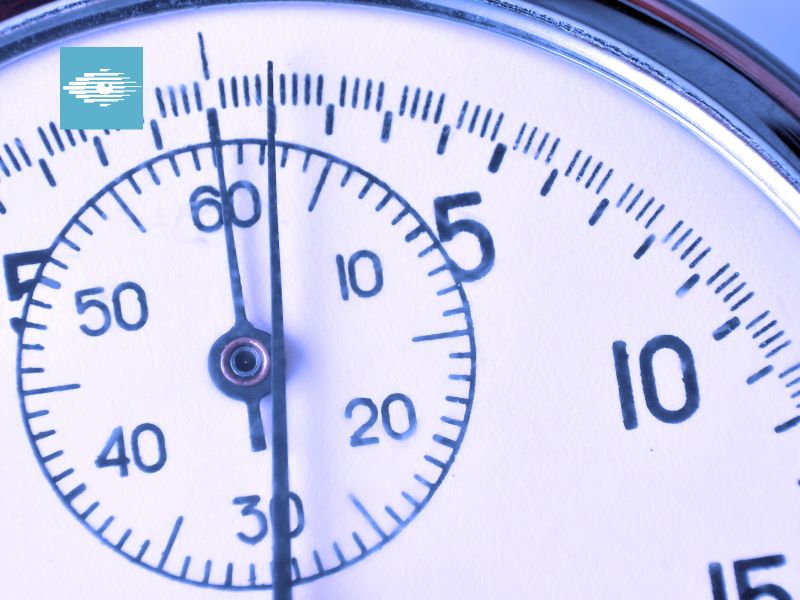What is the 30 Second Eye Rule?
Our eyes work hard all day, coordinating focus, depth perception, and rapid eye movements. The 30 second eye rule is a simple, accessible habit that can support eye comfort, reduce strain, and complement a broader routine of eye care. In this post, we’ll explore what the rule is, why it helps, and how to implement it alongside effective eye exercises.
Introduction: why a quick rule matters
Many people spend hours in front of screens, reading on tablets, or performing precision tasks that demand constant visual attention. Extended screen time can lead to eye strain, dryness, headaches, and fatigue. The 30 second eye rule offers a practical way to interrupt this strain with a tiny, non-disruptive pause. It’s not a cure-all, but when paired with regular eye exercises and healthy viewing habits, it can contribute to better comfort and function.
What exactly is the 30 second eye rule?
The 30 second eye rule invites you to take a brief, intentional break for your eyes roughly every 30 minutes of near work or screen time. During this pause, you can engage in a few simple actions designed to relax the eye muscles and refresh the visual system. The core idea is to give your eyes a moment to reset before fatigue builds.
Key components often recommended:
- Look away from the screen or near task for about 30 seconds.
- Focus on a distant object, ideally at least 20 feet away, to encourage the ciliary muscles to relax.
- Blink consciously to replenish tear film and reduce dryness.
- Stretch your neck and shoulders lightly to relieve tension that can transfer to the eyes.
This rule can be adjusted to your circumstances. If you work in shorter intervals or have multiple tasks, you might tailor the break frequency to fit your rhythm. The essential part is consistency and making the break a habit.
How eye exercises fit into the routine
Eye exercises are specific movements designed to strengthen and relax the muscles surrounding the eyes. When used in combination with a 30 second eye rule, they can improve focusing flexibility, reduce strain, and promote comfort during long sessions of near work.
Common eye exercises include:
- Pencil push-ups: Hold a pencil at arm’s length, focus on the tip, then slowly bring it closer while maintaining focus, and repeat.
- Near-far focus: Alternate focus between a near object and a distant object to train flexible accommodation.
- 20-20-20 rule: Every 20 minutes, take a 20-second break and look at something 20 feet away. This is a widely recommended practice to reduce digital eye strain, closely aligned with the spirit of the 30 second rule.
- Blink rate awareness: Deliberately blink more often during screen use to keep the eyes moisturized.
- Eye warm-ups: Gentle circular movements of the eyes (without strain) to improve circulation.
Incorporating these eye exercises into your daily routine alongside the 30 second eye rule can yield noticeable comfort improvements over time. If you wear glasses or contact lenses, consult your eye care professional before starting new routines to ensure compatibility with your prescription and any underlying conditions.
Practical tips to implement the 30 second eye rule
- Set a reminder: Use a timer or calendar alert to prompt a break roughly every 30 minutes.
- Create a ritual: Use the 30-second pause to perform a mini eye exercise set, then resume work with refreshed focus.
- Adjust for workload: On particularly demanding days, you may choose shorter intervals (e.g., 20 minutes) if 30 minutes feels impractical, but aim for regularity.
- Optimize your environment: Ensure good lighting, reduce glare on screens, and maintain proper screen distance (about arm’s length) to further minimize strain.
- Hydration and humidity: Keep eyes lubricated by drinking water and using a humidifier in dry environments if needed.
Common myths and clarifications
- The 30 second rule is not a magic cure: It won’t fix underlying vision problems or correct refractive errors, but it can reduce temporary discomfort and fatigue.
- It’s not exclusively for screen users: Anyone performing near work, reading, stitching, or crafts, can benefit from regular visual breaks.
- It should complement, not replace, professional advice: If you notice persistent pain, blurred vision, or significant changes, consult an optometrist or ophthalmologist.
Final thoughts
The 30 second eye rule is a practical, accessible habit that encourages regular moments of rest for your eyes. When paired with simple eye exercises, it supports better comfort, reduces digital eye strain, and promotes sustainable near work habits. Start small by scheduling a 30-second break every half hour, incorporate a few eye exercises during that pause, and monitor how your eyes respond over a couple of weeks. With consistency, you may find your focus steadier, your eyes less tired, and your daily routine more comfortable. Remember, small pauses can lead to meaningful improvements in eye health and daily performance.
Visit our main blog page for more articles

